The deep sea is home to some of the most fascinating and bizarre creatures on Earth. These unique species have adapted to the extreme conditions of the ocean depths. Here are some of the most unusual deep-sea creatures discovered.
Ribbon Eel
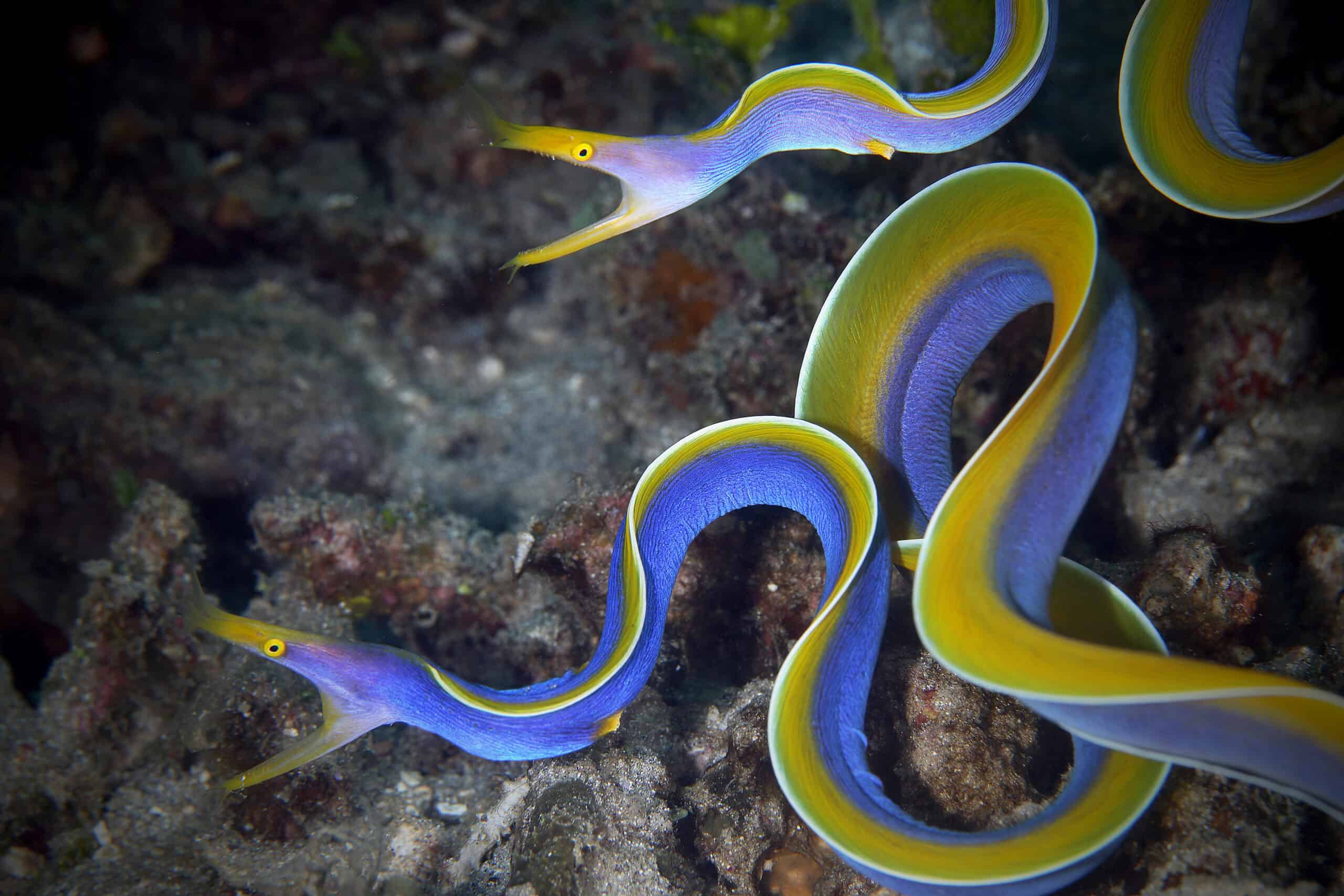
The Ribbon Eel is a strikingly colorful species found in the Indo-Pacific region. It can reach up to 1 meter in length and is known for its vibrant blue and yellow coloration. These eels start their life as males and can change to females as they mature. They have a unique ribbon-like body that allows them to move gracefully through the water. Ribbon Eels are usually found in coral reefs and sandy lagoons, where they hide in crevices and holes. They have long, thin jaws equipped with sharp teeth for catching prey. Their ability to change color and gender makes them a fascinating study for marine biologists.
Pink See-Through Fantasia
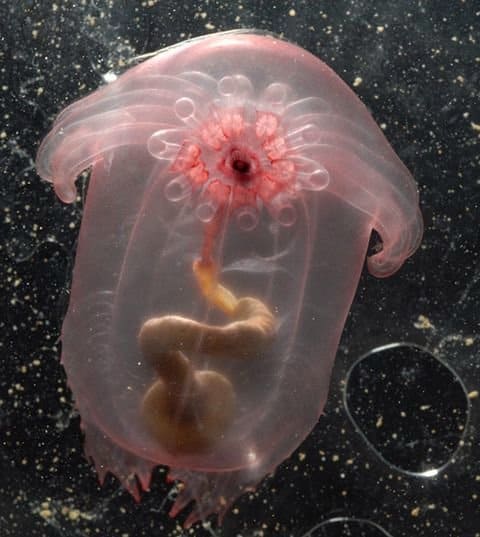
The Pink See-Through Fantasia is a bizarre deep-sea cucumber discovered in the Celebes Sea. It measures around 10 inches in length and has a translucent body, revealing its internal organs. Its vibrant pink color adds to its otherworldly appearance. This species moves by swimming, unlike most sea cucumbers that crawl along the seafloor. It has bioluminescent properties, making it glow in the dark ocean depths. Its transparent body and unique locomotion set it apart from other deep-sea creatures.
Deep-sea Jellyfish
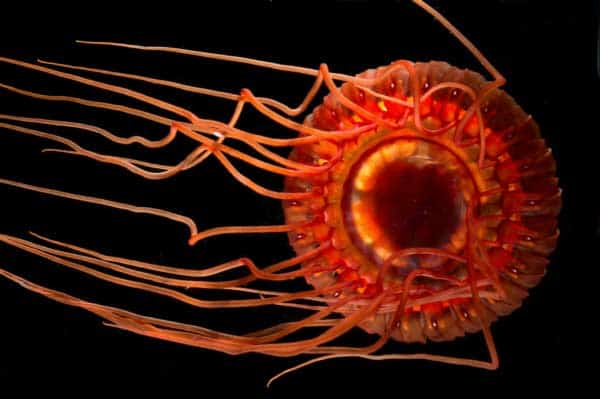
Deep-sea Jellyfish, like the Stygiomedusa gigantea, are found in the dark depths of the ocean. They can grow up to 3 feet in diameter and have long, trailing tentacles. Their bell-shaped bodies are often a deep red or purple color, which helps them blend into the darkness. These jellyfish have a slow, drifting movement and rely on the currents to navigate the deep sea. They use their tentacles to capture prey, including small fish and plankton. Their eerie glow and massive size make them a striking sight in the ocean’s depths.
Pacific Viperfish
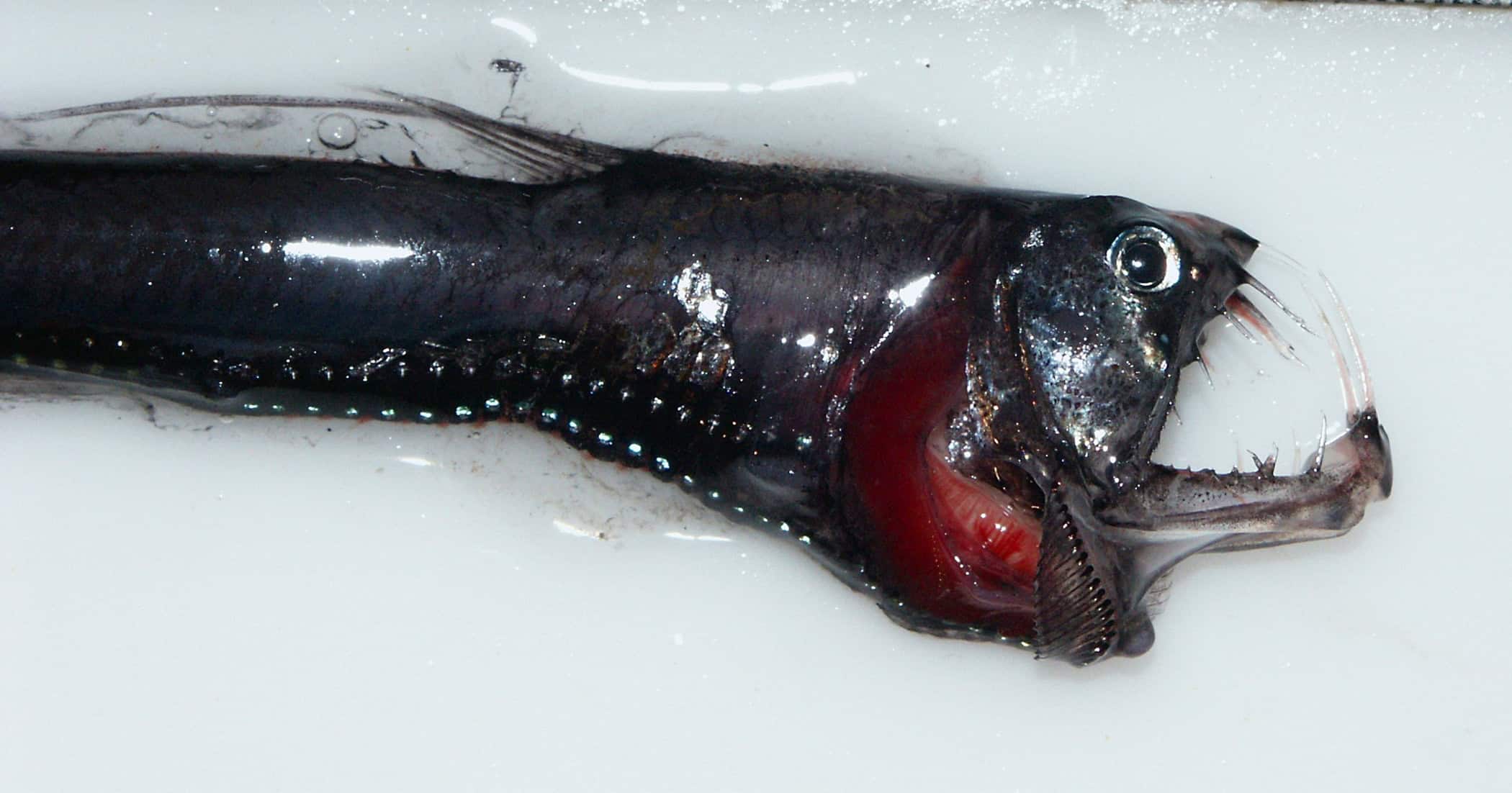
The Pacific Viperfish is a fearsome predator found at depths of up to 9,000 feet. It grows up to 12 inches long and has a long, slender body with a metallic blue or green sheen. Its most distinctive feature is its large mouth filled with needle-like teeth. This species uses bioluminescent photophores along its body to attract prey. It can swallow prey half its size thanks to its hinged jaw and expandable stomach. The Pacific Viperfish’s terrifying appearance and hunting strategies make it a fascinating deep-sea dweller.
Japanese Spider Crab
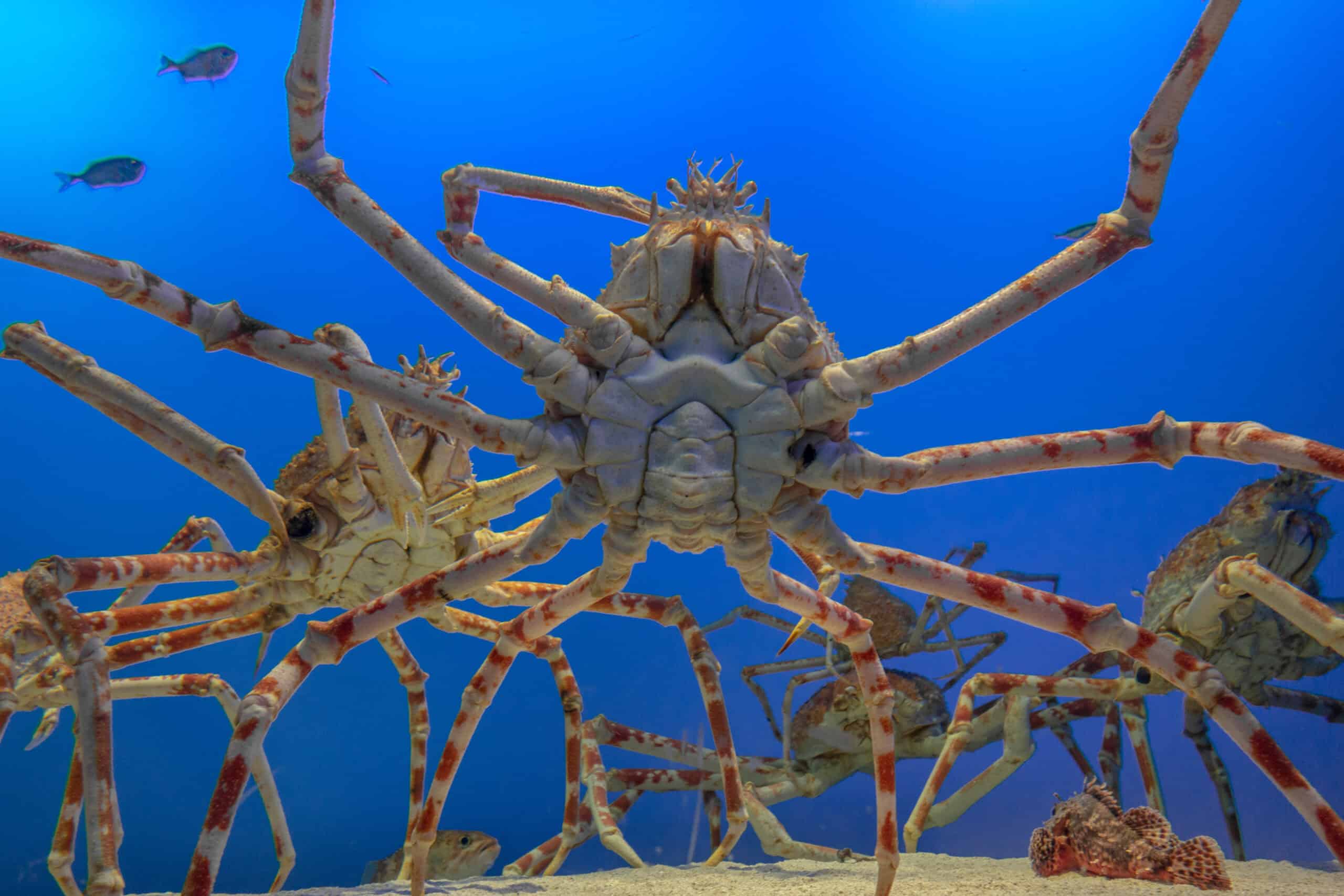
The Japanese Spider Crab is the largest known arthropod, with a leg span reaching up to 12 feet. These crabs are found in the waters around Japan and can weigh up to 44 pounds. Their long legs and orange-brown color make them resemble a spider. These crabs are scavengers, feeding on dead animals and plant matter on the ocean floor. They are known for their incredible longevity, living up to 100 years. Their immense size and spider-like appearance make them one of the most unusual marine creatures.
Peacock Mantis Shrimp
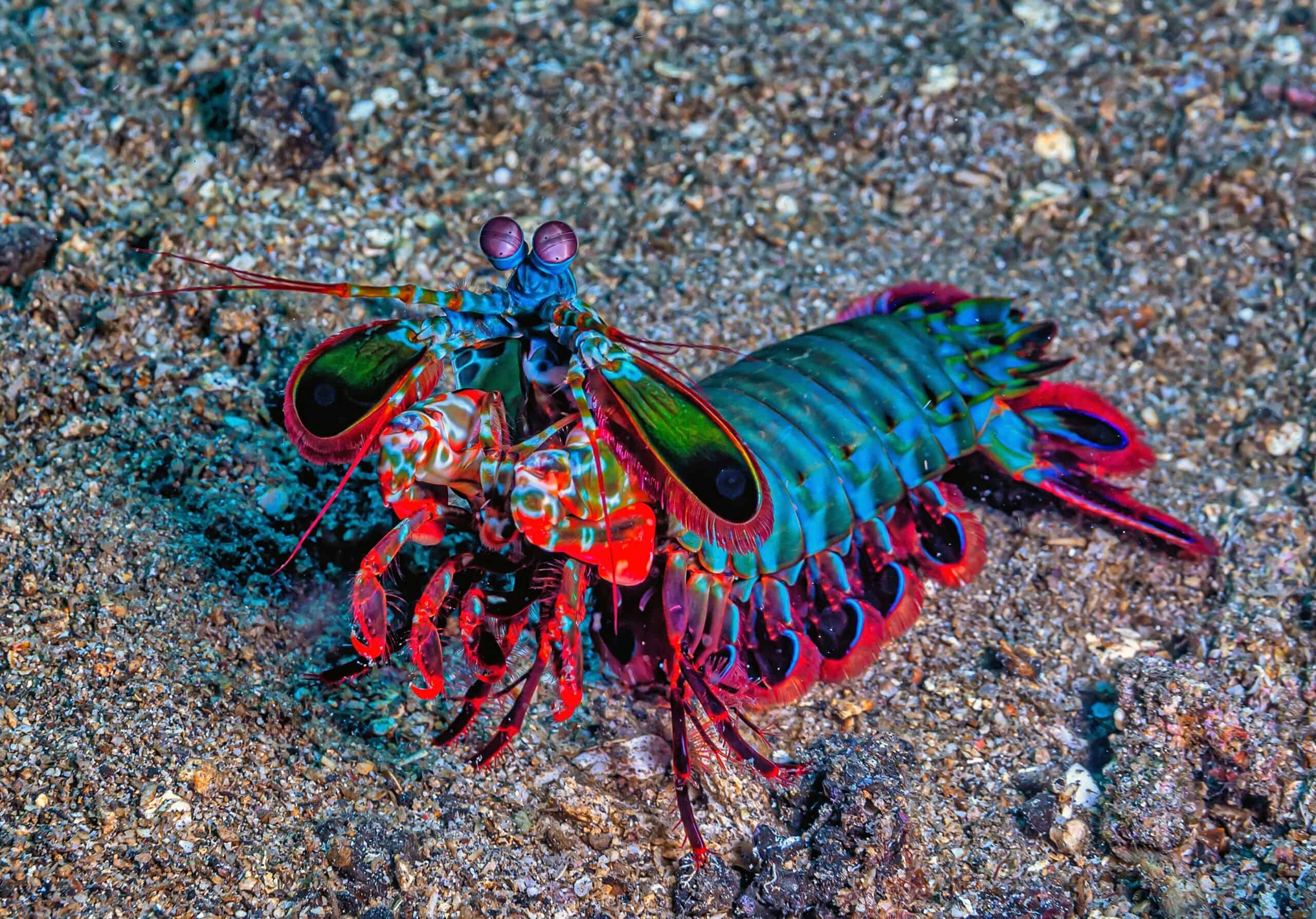
The Peacock Mantis Shrimp is a brightly colored predator found in tropical and subtropical waters. It grows up to 7 inches long and boasts a vibrant array of colors, including blue, green, red, and orange. Its powerful claws can deliver a punch with the speed of a bullet. This species has exceptional vision, with eyes that can detect polarized light and see ultraviolet wavelengths. The Peacock Mantis Shrimp’s striking colors and incredible hunting skills make it a standout among deep-sea creatures.
The Squidworm
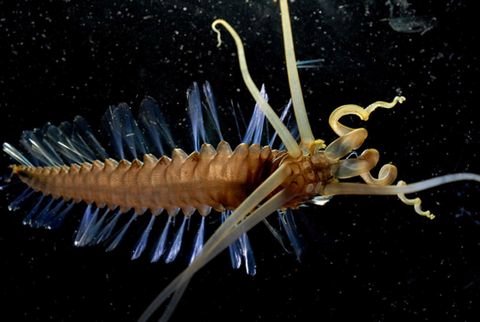
The Squidworm is a fascinating deep-sea creature found in the Celebes Sea. It can grow up to 10 centimeters long and has a transparent, gelatinous body with ten long appendages. These appendages, resembling tentacles, are used for feeding and sensing its environment. The Squidworm’s body is often a pale pink or translucent white. This creature was discovered during a deep-sea expedition in 2007. Its unique morphology, combining features of both squids and worms, makes it a significant find.
Sea Angel
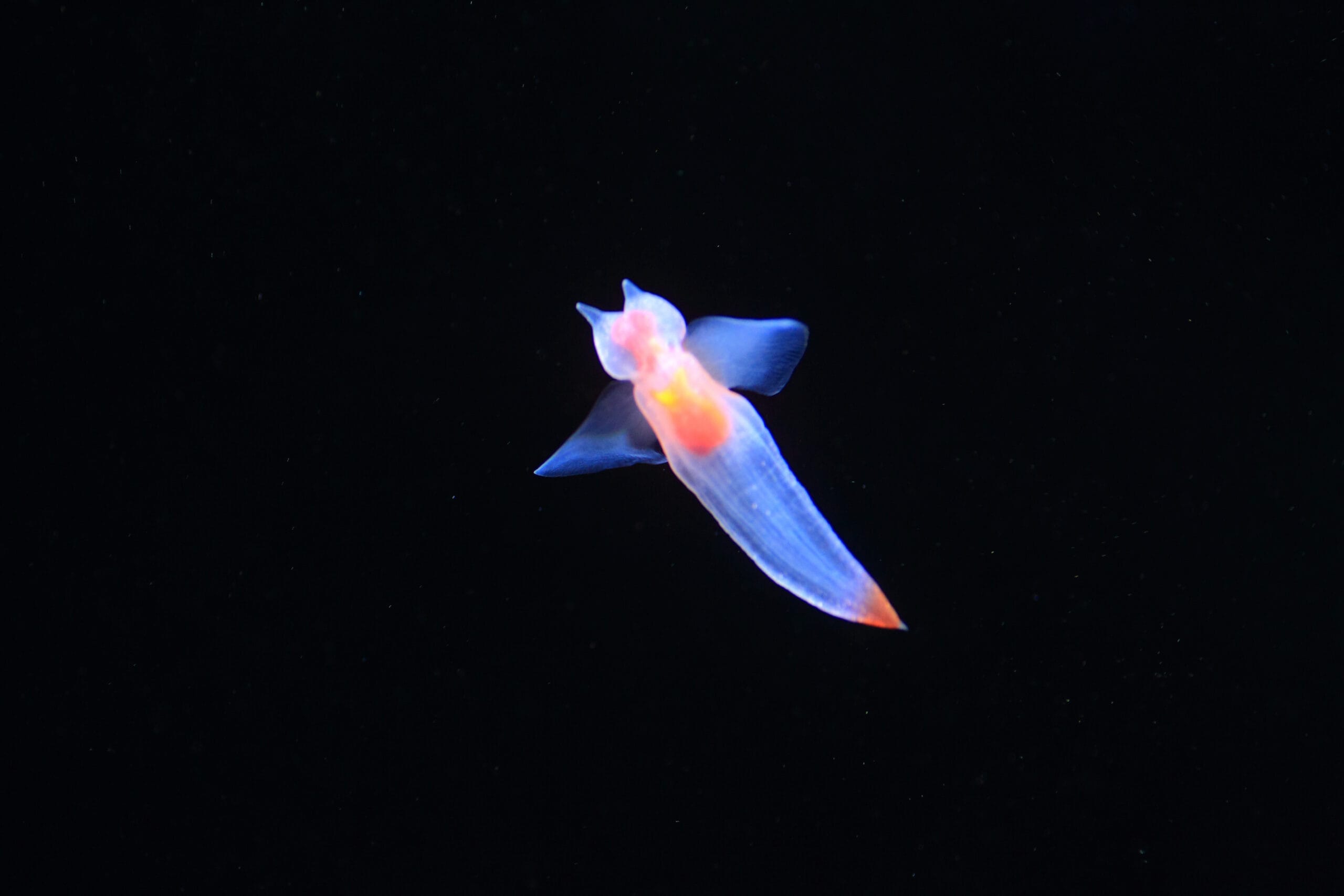
The Sea Angel is a small, ethereal-looking mollusk found in cold, deep waters. It measures about 5 centimeters in length and has a transparent, wing-like body that gives it an angelic appearance. These creatures are typically found in the Arctic and Antarctic oceans. Sea Angels are carnivorous, preying on small marine organisms. They use wing-like appendages to swim gracefully through the water. Their delicate, almost ghostly appearance and their unique hunting methods make them a captivating subject for marine biologists.
Pelican Eel
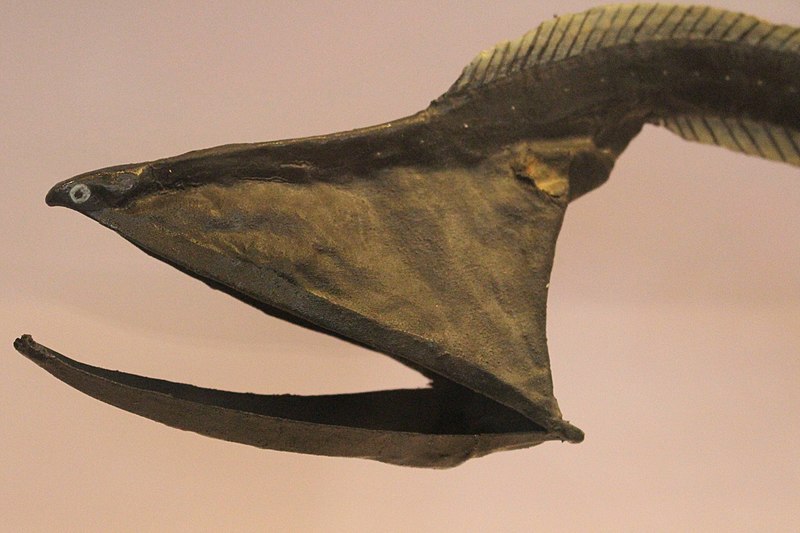
The Pelican Eel, also known as the Gulper Eel, is a deep-sea fish with a unique, large mouth. It can grow up to 80 centimeters long, and its most distinctive feature is its massive, expandable mouth that resembles a pelican’s beak. The body is usually black or dark brown. This eel is found in depths of up to 3,000 meters in tropical and temperate oceans. It uses its large mouth to gulp down prey much larger than its body.
Coffinfish
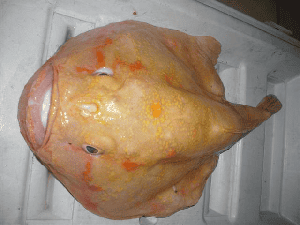
Coffinfish are small, bottom-dwelling fish found in deep waters around Australia and New Zealand. They grow up to 22 centimeters long and have a distinctive, bulbous body covered in tiny spines. Their color ranges from pink to purplish-grey. These fish have the ability to inflate their bodies when threatened, similar to pufferfish. They are named for their coffin-like shape when expanded. The Coffinfish’s unique defense mechanism and peculiar appearance make it a fascinating species to study.
Leafy Seadragon
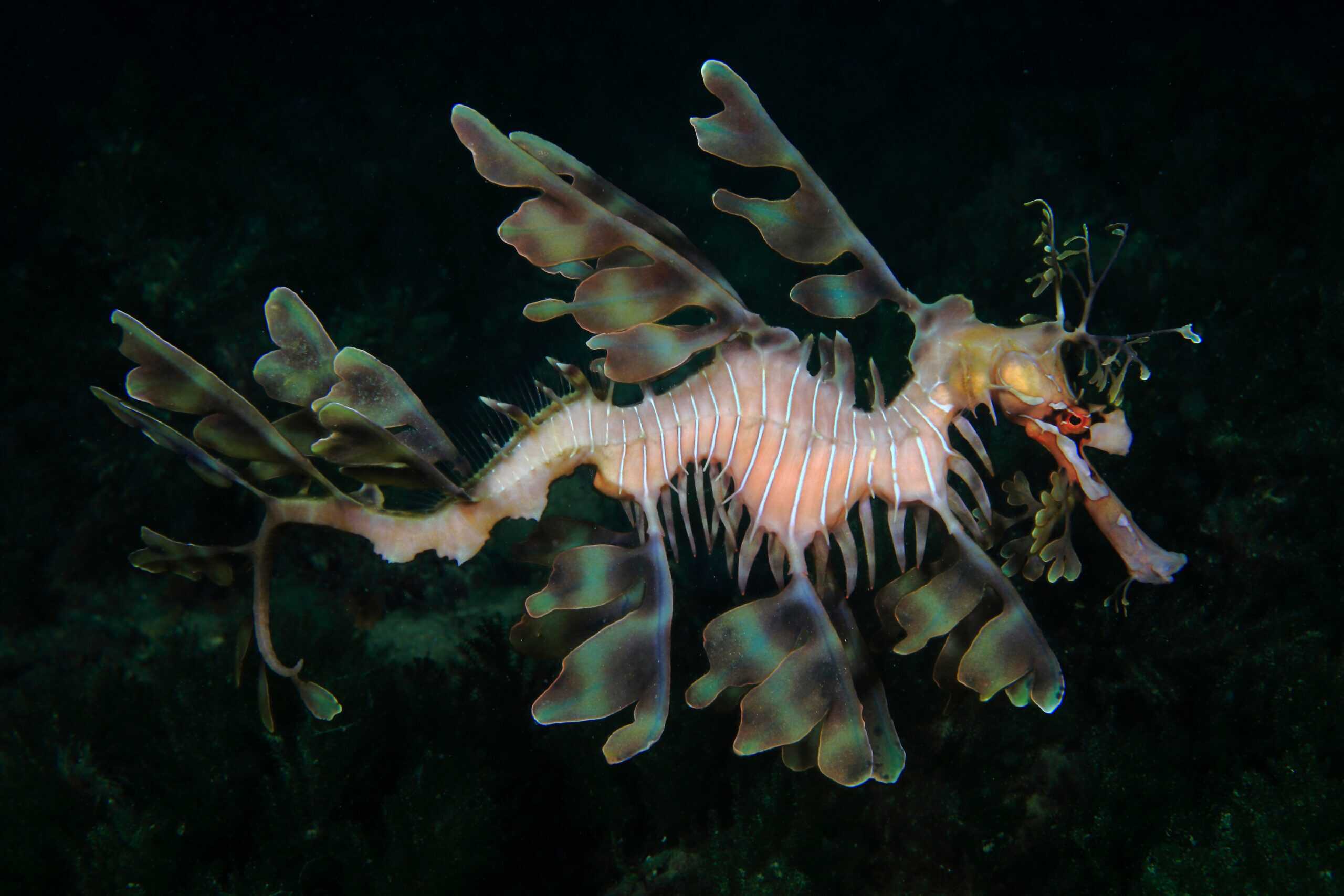
The Leafy Seadragon is a marine fish native to the waters off southern and western Australia. It grows up to 35 centimeters long and is renowned for its elaborate, leaf-like appendages that provide excellent camouflage among seaweed and kelp. Its body is typically yellow to brown, with green and orange accents. These creatures are related to seahorses and pipefish and are known for their slow, graceful movement. Leafy Seadragons use their camouflage to avoid predators and blend seamlessly into their surroundings.
Red-lipped Batfish
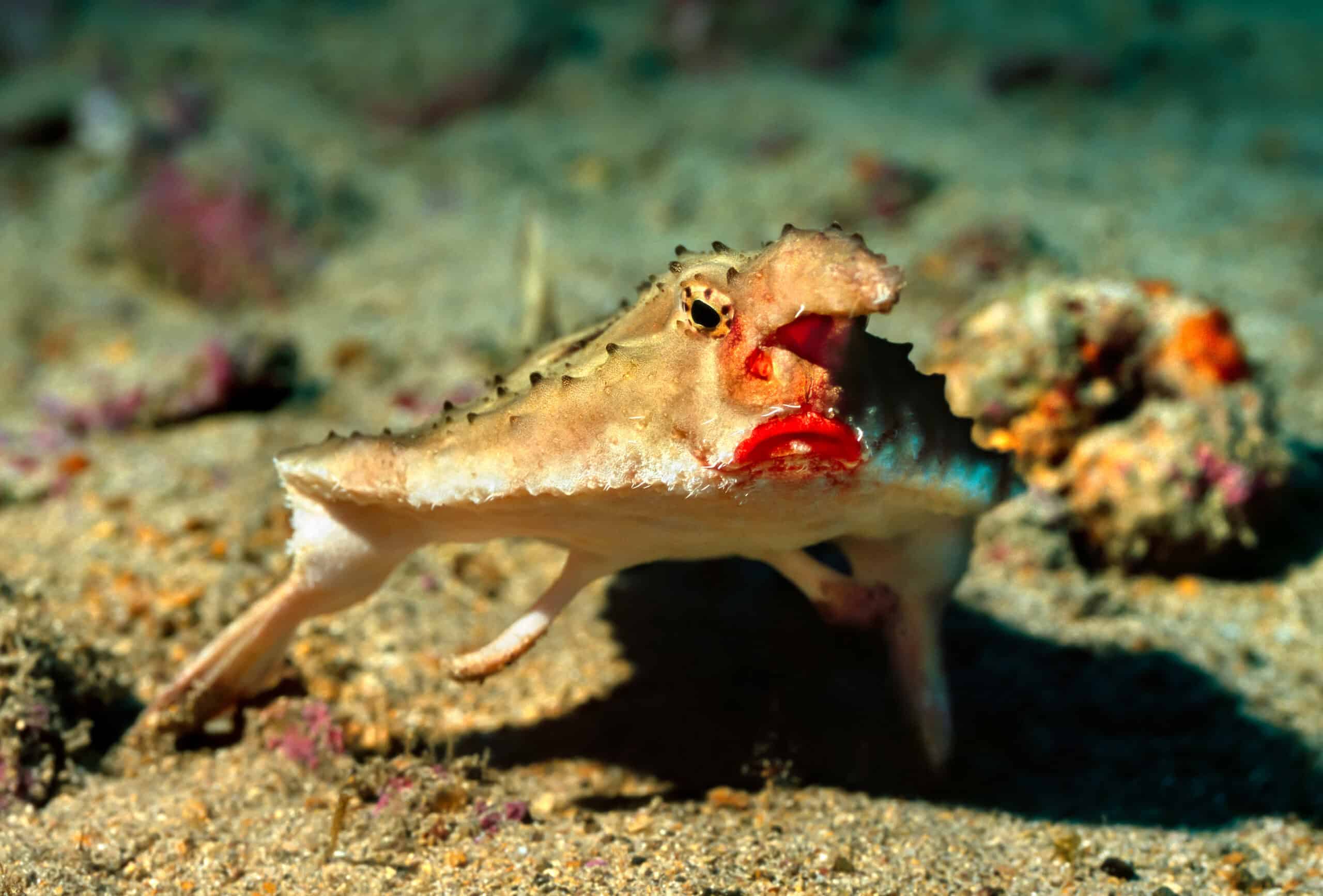
The Red-lipped Batfish is a bizarre-looking fish found around the Galapagos Islands and off the coast of Peru. It grows up to 40 centimeters long and is easily recognized by its bright red lips and flattened, bat-like body. The body is usually light brown with darker spots. These fish are poor swimmers and use their pectoral fins to “walk” along the seafloor. Their red lips are thought to play a role in attracting mates. The Red-lipped Batfish’s unusual appearance and locomotion make it a standout among deep-sea creatures.
Box Crab
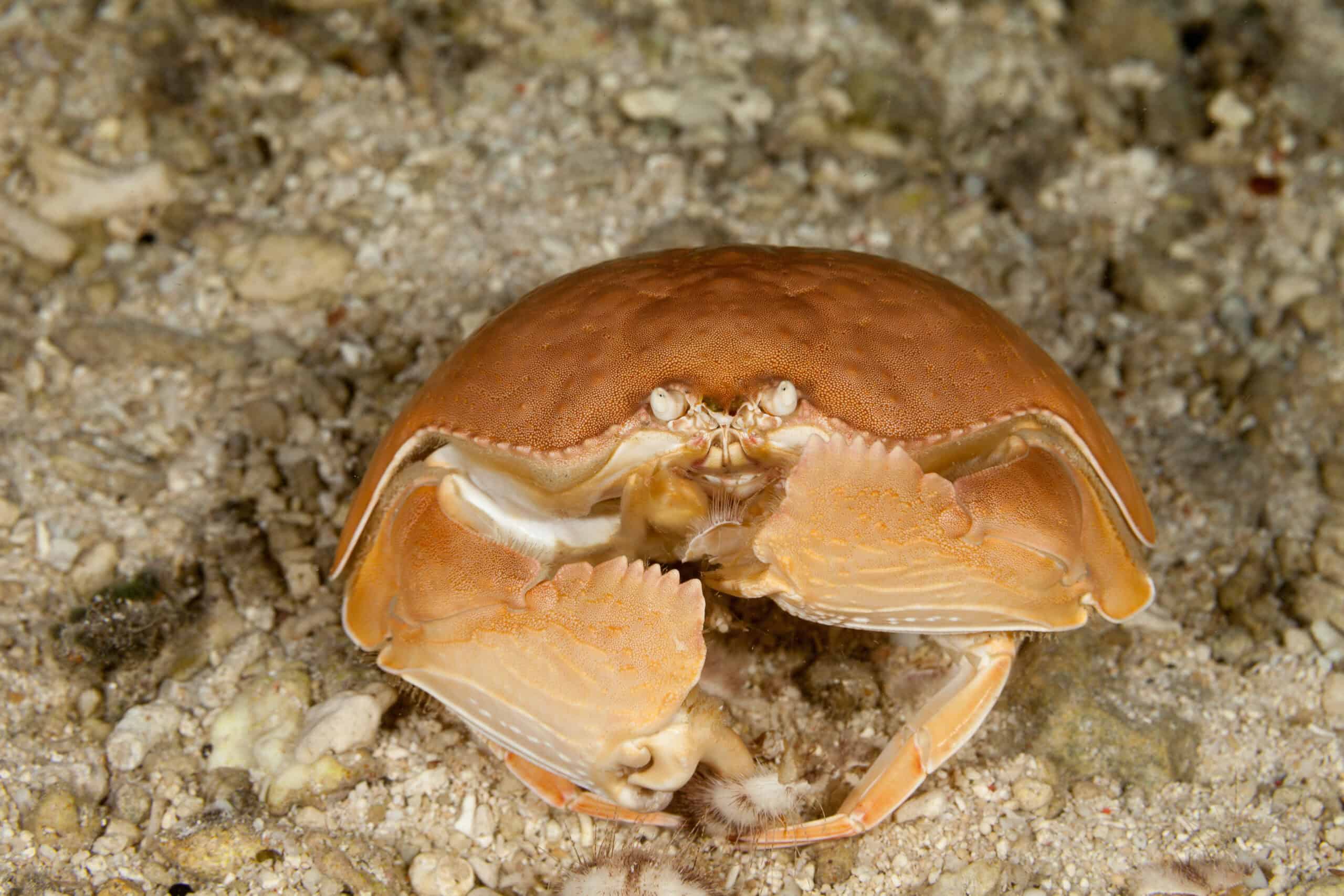
Box Crabs, also known as Shame-faced Crabs, are found in various ocean regions, including the Atlantic and Indo-Pacific. They have a distinctive box-like shape and can grow up to 15 centimeters in width. Their body color ranges from sandy yellow to brown. These crabs are known for their ability to fold their legs tightly against their body, resembling a closed box. This adaptation helps them avoid predators and blend into their surroundings.
Gummy Squirrel
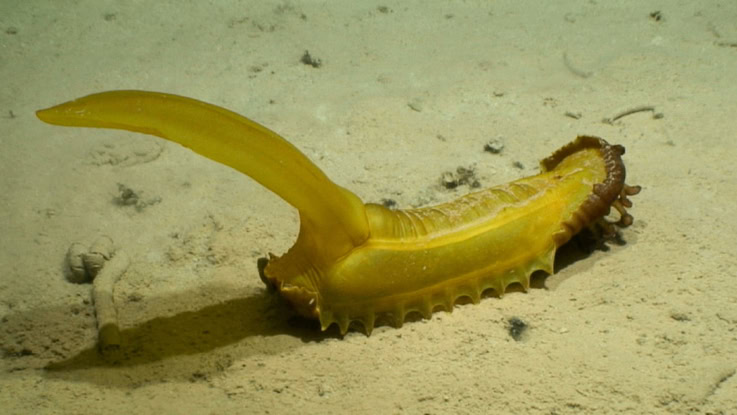
The Gummy Squirrel, also known as the Gummy Squirrel Fish, is found in deep waters of the Atlantic and Pacific Oceans. It grows up to 30 centimeters long and has a soft, gelatinous body, which is typically light pink or translucent. These fish are known for their large, forward-facing eyes and bioluminescent organs, which help them navigate the dark depths. The Gummy Squirrel’s soft body and unique adaptations for deep-sea life make it a fascinating example of marine evolution.
Barreleye Fish
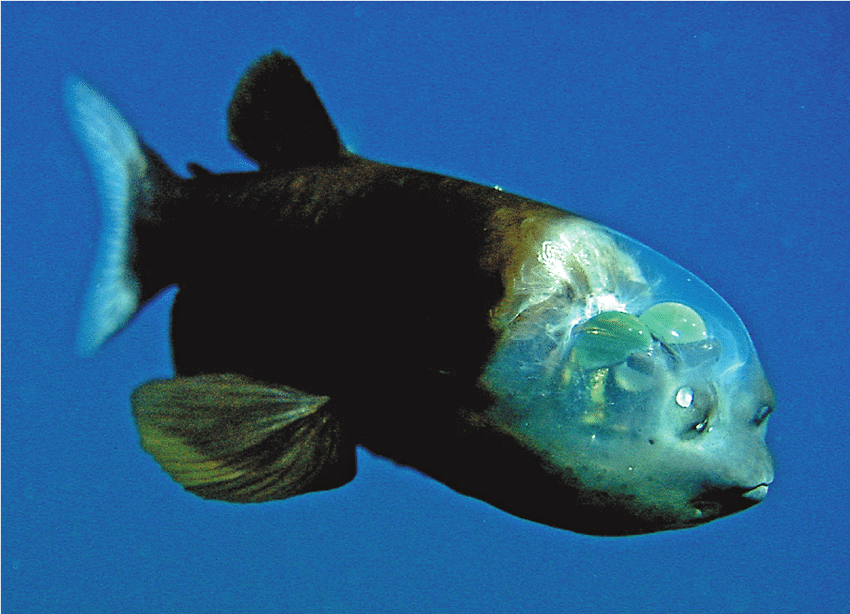
The Barreleye Fish is known for its transparent head, which houses its upward-facing eyes. These fish grow up to 15 centimeters long and have a dark brown or black body. They inhabit deep waters off the coasts of the Pacific Ocean. Their tubular eyes can rotate within a transparent shield, allowing them to look upward through their head to spot prey. This unique adaptation helps them survive in the dark depths, where light is scarce.
Black Swallower
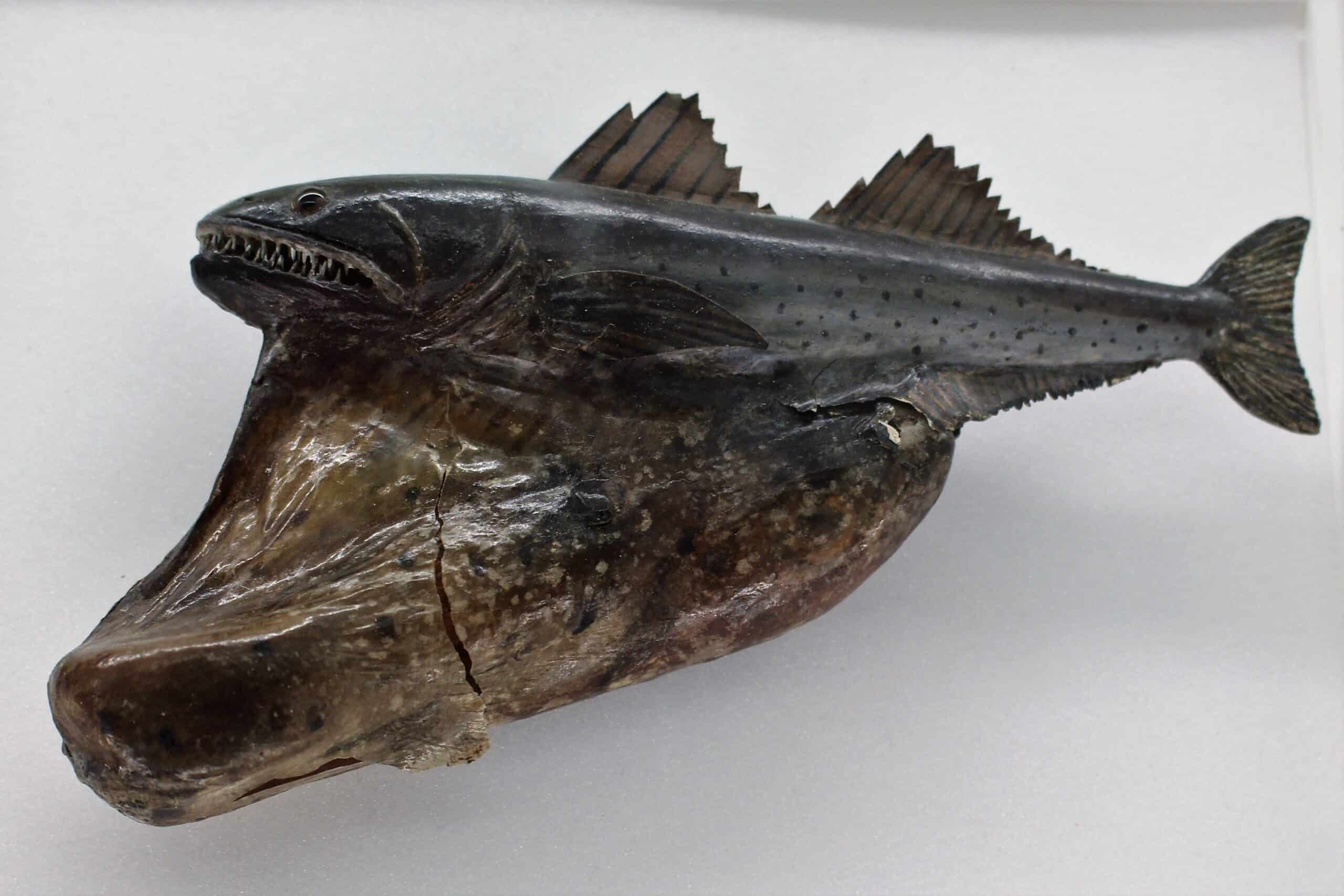
The Black Swallower is a small deep-sea fish known for its ability to consume prey much larger than itself. It can grow up to 25 centimeters in length and has a dark, almost black body. These fish are found in the deep waters of the Atlantic Ocean. They have an expandable stomach that allows them to swallow prey whole. This adaptation enables them to consume large fish, sometimes up to twice their size. The Black Swallower’s impressive feeding ability and dark appearance make it a notable deep-sea predator.
Sea Pig
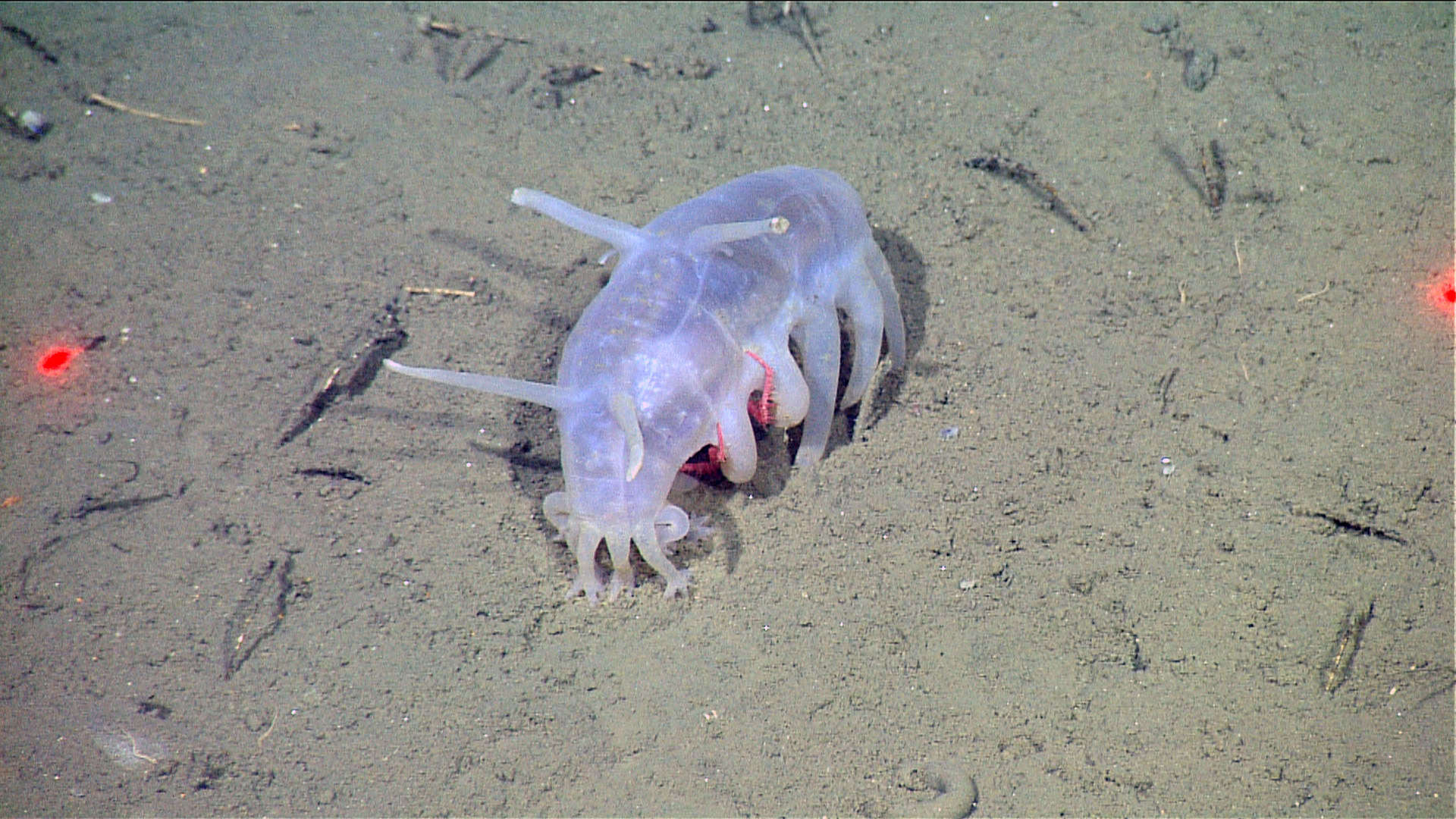
Sea Pigs are a type of sea cucumber found in deep ocean sediments worldwide. They grow up to 15 centimeters long and have a pale, pinkish body. Their legs, which resemble those of a pig, give them their name. They move slowly across the seafloor, feeding on organic particles. Sea Pigs play a crucial role in the deep-sea ecosystem by recycling nutrients. Their unusual appearance and important ecological role make them fascinating creatures of the deep.
Harp Sponge
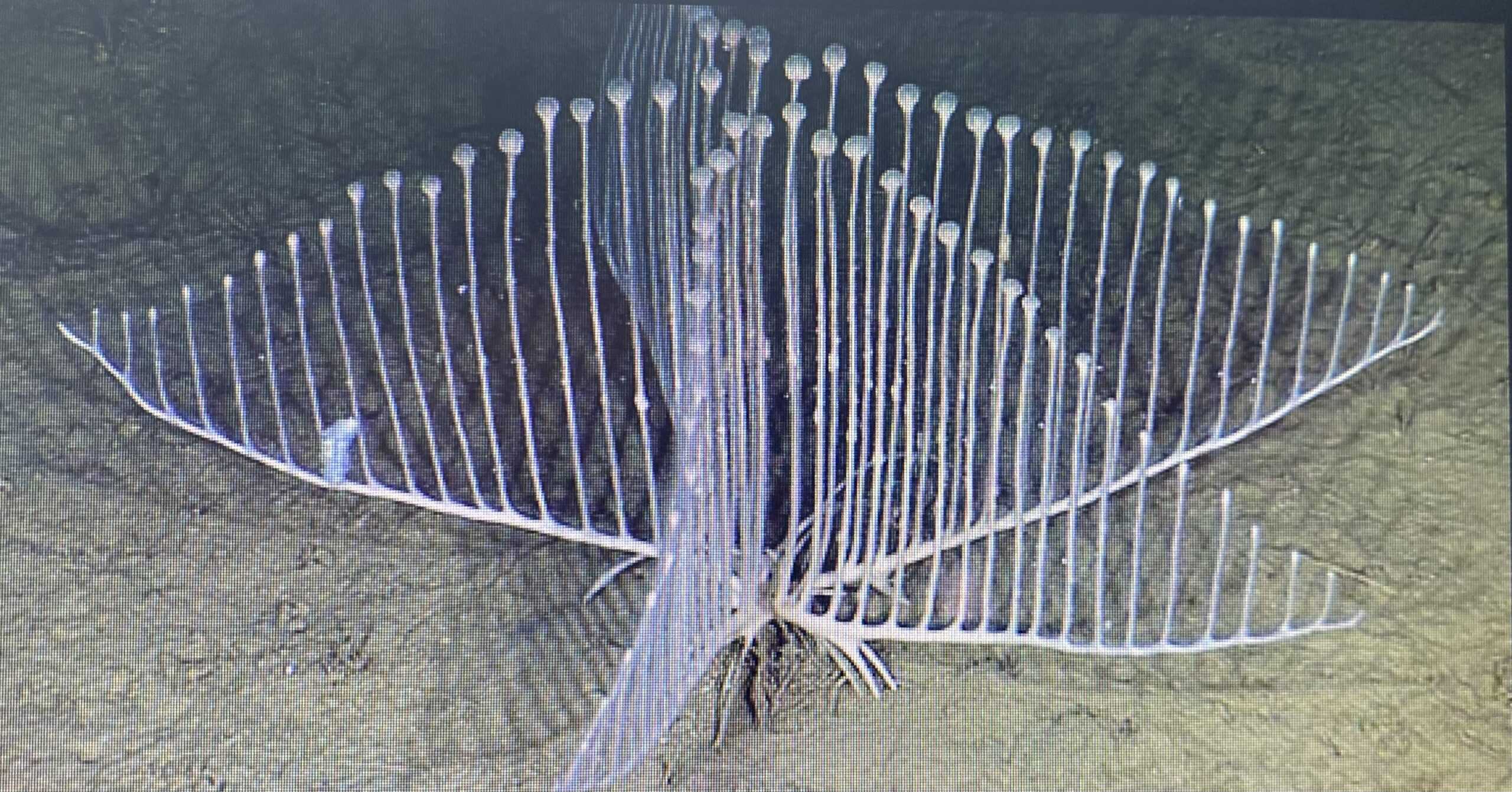
The Harp Sponge is a unique deep-sea sponge found off the coast of California. It has a harp-like structure that can grow up to 60 centimeters tall. Its body is yellow or orange and consists of vertical branches with hooked spicules. These spicules are used to capture small crustaceans, which the sponge then digests. The Harp Sponge’s distinctive shape and carnivorous diet set it apart from other sponge species. Its unique feeding strategy and structure make it a remarkable deep-sea organism.
Yeti Crab
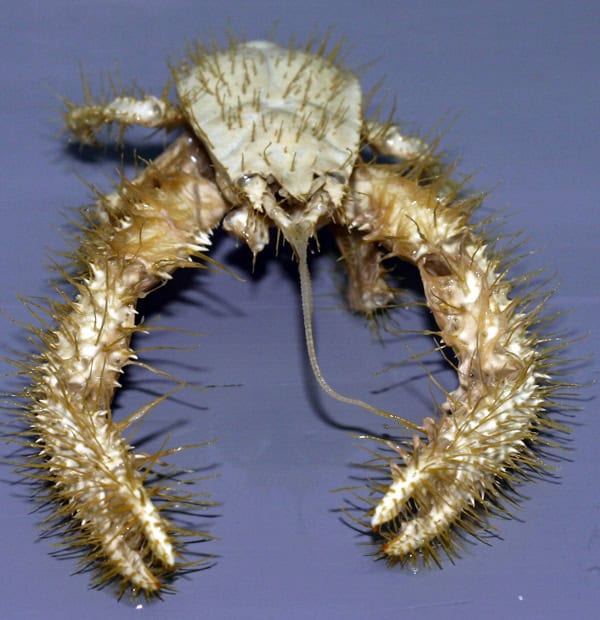
The Yeti Crab is a deep-sea crustacean discovered near hydrothermal vents in the South Pacific Ocean. It grows up to 15 centimeters long and has a white, hairy body. The hairs, or setae, on its claws give it a yeti-like appearance. These crabs use their setae to cultivate bacteria, which they feed on. They are also known to consume small marine organisms. The Yeti Crab’s unique appearance and symbiotic relationship with bacteria make it an extraordinary find in deep-sea research.
Stargazer Fish
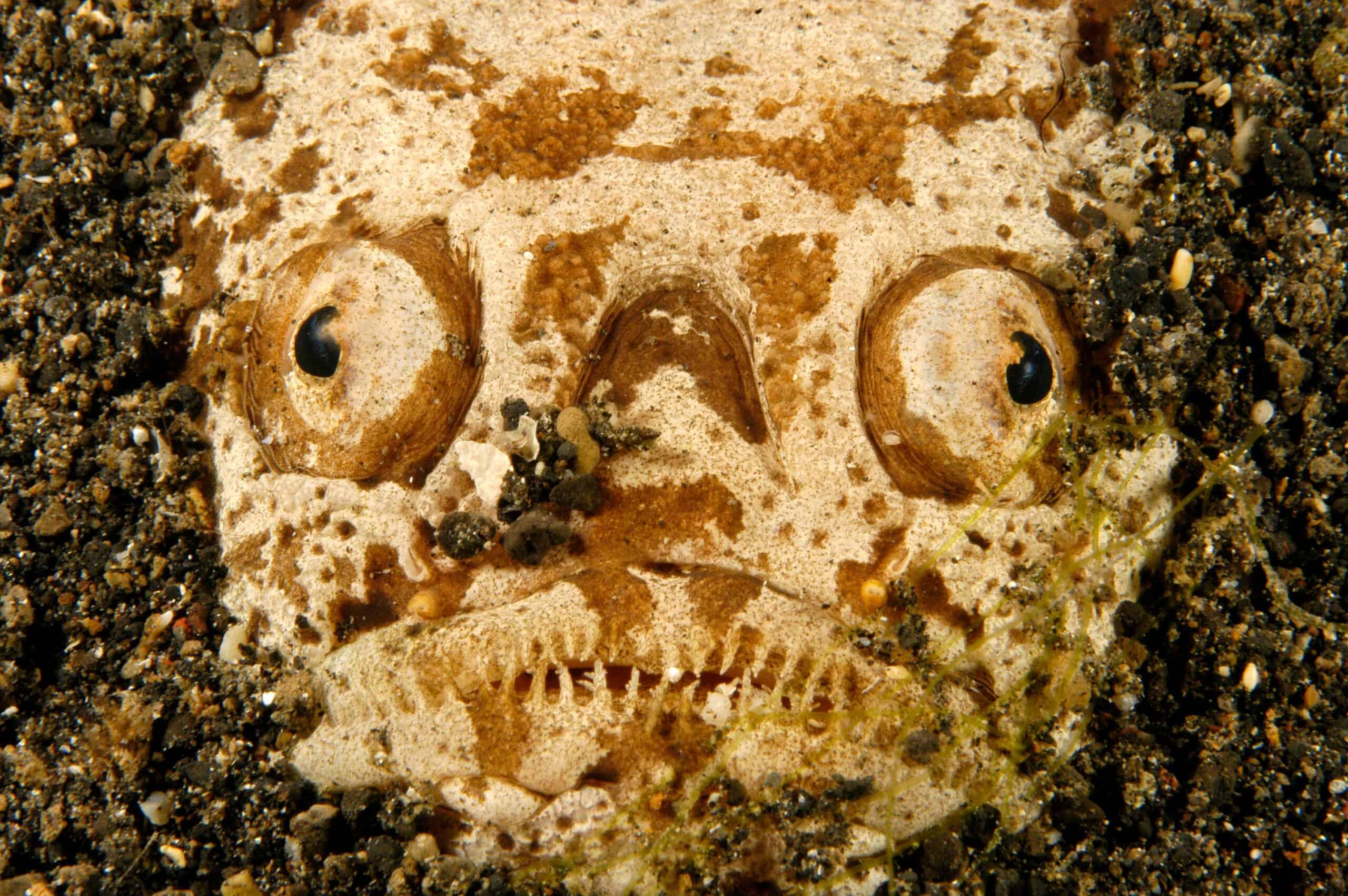
Stargazer Fish are ambush predators found in the sandy bottoms of the Atlantic and Mediterranean. They can grow up to 50 centimeters long and have a flattened body with upward-facing eyes. Their body color ranges from brown to sandy yellow. These fish bury themselves in the sand, leaving only their eyes and mouth exposed. They use their electric organs to stun prey. The Stargazer Fish’s unique hunting strategy and electrifying abilities make it a fascinating deep-sea dweller.
This article originally appeared on Rarest.org.
More from Rarest.org
1971 Lincoln Penny Value Guide
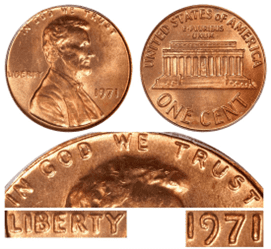
The penny is the lowest denomination of coins in the United States. It is worth 1 cent or $0.01. As this might be the case, there’s something about the penny, specifically the 1971 penny, that still makes it special. Read More.
1972 Kennedy Half Dollar Value Guide
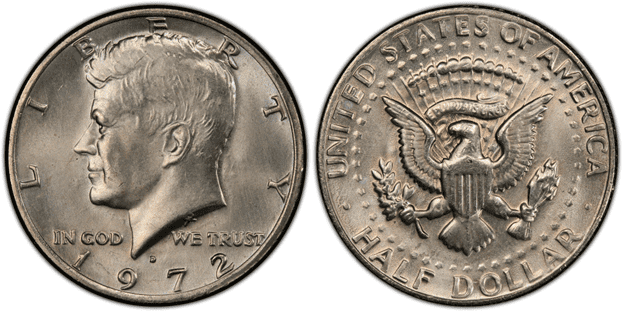
The Kennedy Half Dollar, one of the most well-known and cherished coins honoring one of the most well-liked US presidents — John F. Kennedy — is conserved by both collectors and non-collectors alike. Read More.
1972 Roosevelt Dime Value Guide
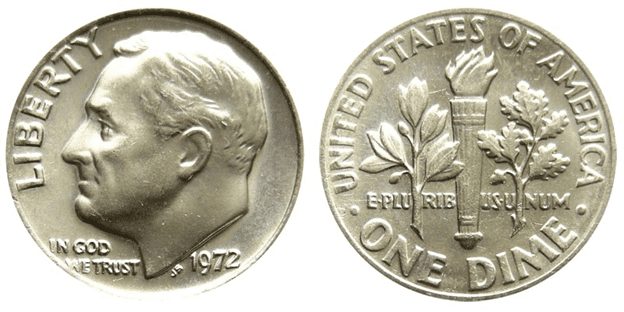
The United States Mint produced the Roosevelt Dime in 1972. This coin is made of a clad material, which means that the inner core is solid copper and the outer layer is a combination of copper and nickel (91.67 percent Copper – 8.33 percent Nickel). Read More.
